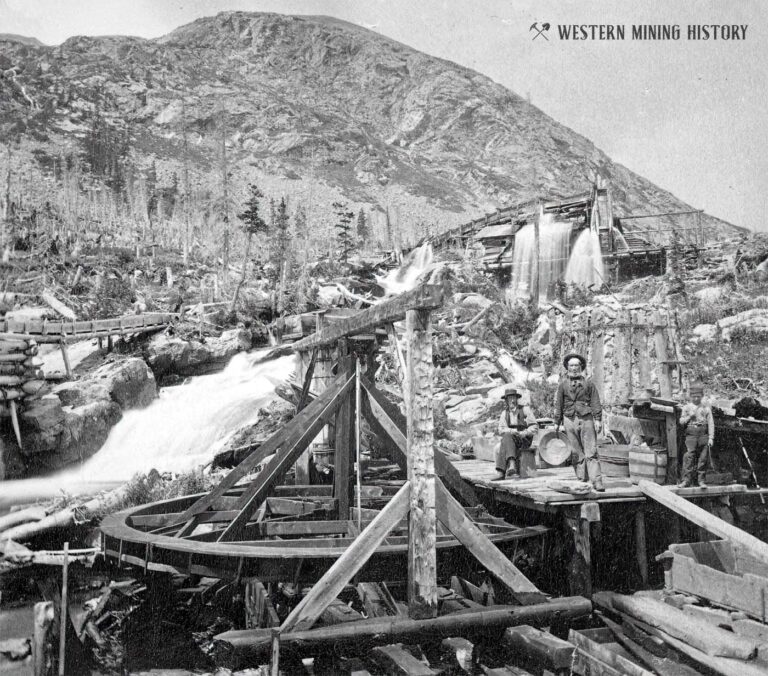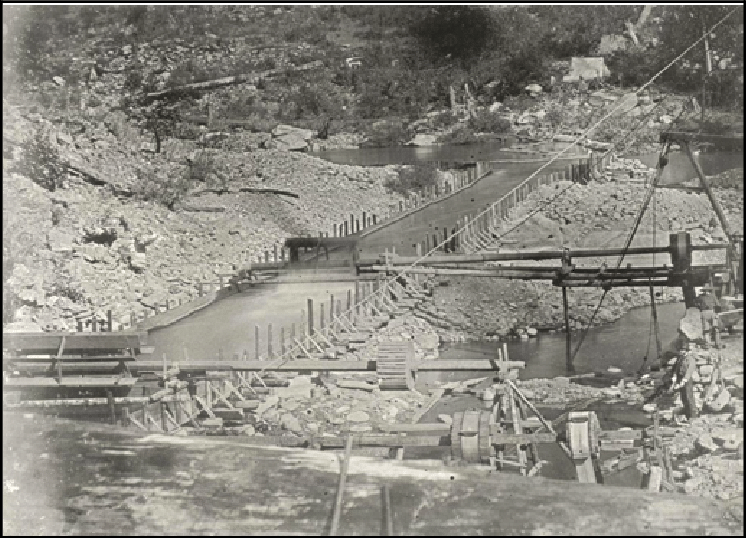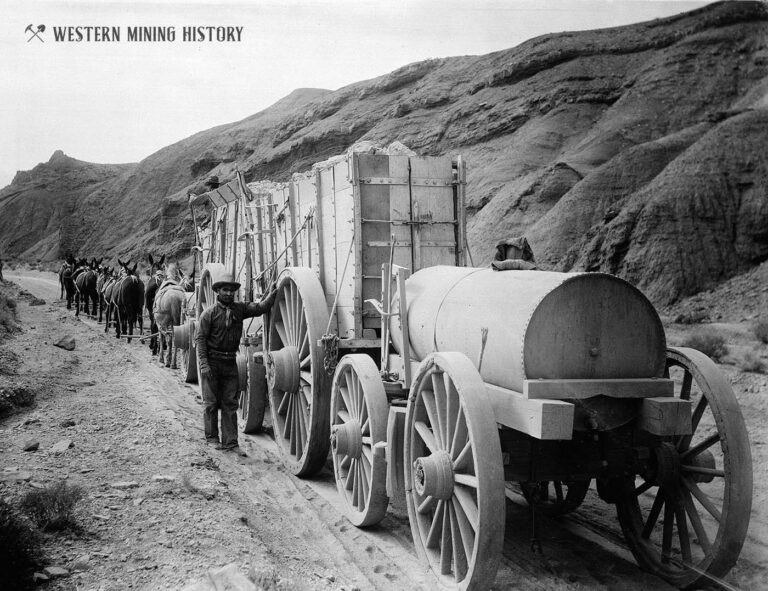The Crucial Role of Rigging During the Mid-19th Century Gold Rushes
The Crucial Role of Rigging During the Mid-19th Century Gold Rushes
The mid-19th century Gold Rushes, notably the California Gold Rush, marked a transformative era in global history, fueled by the allure of gold and the promise of newfound wealth. Beyond the prospectors and the glittering ore, a silent hero played a pivotal role in supporting the infrastructure and transportation needs that defined these frenzied times—rigging. In this blog, we embark on a journey back in time to explore the often-overlooked but indispensable role of rigging during the Gold Rush, tracing its impact on the development of mining operations, transportation networks, and the burgeoning settlements that emerged in the wake of these historic rushes.
I. Setting the Stage: The California Gold Rush of 1848-1855
The discovery of gold at Sutter’s Mill in 1848 triggered a tidal wave of prospectors, settlers, and dreamers from around the world, all converging on the untamed landscapes of California. The rush for gold was not only a quest for personal fortunes but also a catalyst for rapid urbanization, infrastructure development, and the establishment of a complex web of trade routes. At the heart of this ambitious expansion lay the unassuming yet critical role of rigging.
II. Rigging in the Mines: Lifting the Weight of Dreams
- Hoisting Equipment: The California Gold Rush saw the birth of large-scale mining operations. As prospectors transitioned from panning in rivers to excavating vast quantities of earth, hoisting equipment became indispensable. Rigging systems, often comprised of block and tackle arrangements, were employed to lift heavy buckets of earth, facilitating more efficient extraction of gold-bearing material.
- Shaft Rigging: With the demand for gold escalating, miners delved deeper into the earth, requiring the construction of vertical shafts. Rigging played a crucial role in lowering and raising miners and materials in these shafts. The introduction of whims—simple windlass systems powered by manpower or animals—marked a significant advancement in the efficiency of these operations.
III. Rigging on the Rivers: Navigating the Golden Streams
- Dredging and Floating Operations: Rivers became the lifeblood of early Gold Rush settlements, serving as both sources of water for mining and transportation routes. Rigging was integral to the deployment of dredging equipment, floating platforms, and sluice boxes. These rigs enabled miners to extract gold from riverbeds more systematically, contributing to the extraction boom.
- Paddlewheel Rigging: The advent of paddlewheel steamboats transformed river transportation. Rigging systems were essential for manipulating the paddlewheel mechanisms, allowing these vessels to navigate the unpredictable and often treacherous waterways in search of untouched gold deposits.
IV. Rigging in Transportation: Connecting the Goldfields
- Wagon Trains: As gold settlements sprang up across the rugged terrain of California, the need for
- efficient transportation became paramount. Wagon trains, laden with supplies and people, traversed challenging landscapes. Rigging played a role in securing loads and ensuring the stability of these makeshift caravans.
- Rigging for Suspension Bridges: The construction of bridges became a critical element in connecting isolated regions. Rigging was instrumental in the creation of suspension bridges, such as the iconic Table Mountain Bridge, facilitating safer passage for people and goods.
V. The Rigging Entrepreneurs: Crafting Success in the Wild West
- Blacksmiths and Rigging Artisans: In the crucible of the Gold Rush, a new breed of entrepreneurs emerged—blacksmiths and rigging artisans. These skilled craftsmen were essential in manufacturing custom rigging solutions tailored to the unique challenges posed by the rugged landscapes and ambitious mining ventures.
- Rigging Supply Stores: Recognizing the burgeoning demand for rigging equipment, entrepreneurs set up specialized supply stores catering to the needs of miners and settlers. These establishments not only provided essential rigging components but also played a role in disseminating knowledge on effective rigging practices.
VI. Challenges and Innovations: Rigging in the Wild West
- Environmental Rigging Challenges: The harsh and unpredictable conditions of the California landscape posed unique challenges for rigging. Floods, landslides, and the sheer ruggedness of the terrain required innovative rigging solutions to overcome these obstacles.

- Improvised Rigging Solutions: In the absence of modern machinery, Gold Rush pioneers often had to rely on ingenuity and improvisation to fashion makeshift rigging solutions. From repurposed materials to inventive block and tackle setups, these improvisations played a crucial role in overcoming the lack of sophisticated equipment.
VII. Legacy of Rigging in the Gold Rush Era
The legacy of rigging in the Gold Rush era extends beyond the glittering remnants of gold flakes. It is etched into the fabric of the settlements that transformed into thriving towns and cities. Rigging’s influence persisted in the infrastructure that facilitated the extraction of precious minerals, the transportation networks that connected disparate regions, and the entrepreneurial spirit that defined the Wild West.
In conclusion
As we reflect on the heady days of the Gold Rush, it’s essential to acknowledge the unsung hero that silently toiled in the background—rigging. Rigging’s role in supporting the infrastructure and transportation needs during this transformative period was not merely functional; it was instrumental in shaping the very fabric of the Wild West. The ingenious solutions devised by rigging artisans, the resilience of makeshift rigging setups, and the entrepreneurial spirit of those who supplied essential equipment all contributed to the success of the Gold Rush ventures. Rigging, often overshadowed by tales of gold fever, emerges as a testament to human ingenuity and adaptability, forever woven into the historical tapestry of an era defined by the pursuit of wealth and the indomitable spirit of the pioneers who sought their fortunes in the golden landscapes of the West.
——————————————————————————————————————————————
The Hercules Group of Companies encompasses a wide portfolio of products and services across 7 diverse companies.


